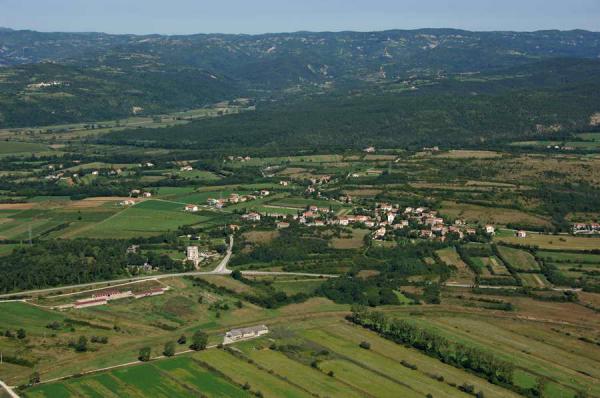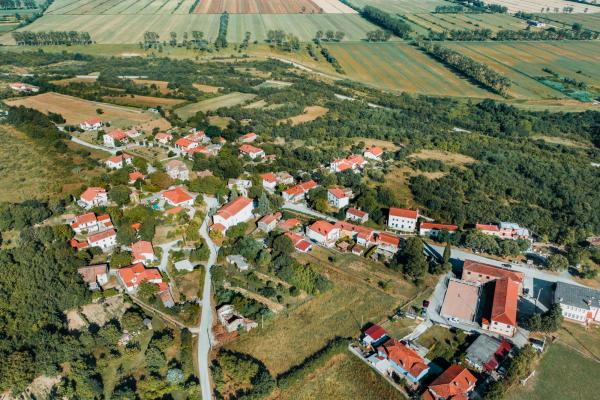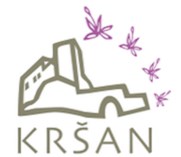ČEPIĆ
ČEPIĆ


Like this article?
Recommend it to your friends through these services..
The settlement of Čepić, at the foot of the Učka Mountain, was first mentioned back in 1102. Its castle was destroyed during its turbulent history. It was once located on the very shore of the lake named after it, Čepić Lake. The lake was 2.5 km wide and 4 km long, and was created in the place where the Boljunčica River blocked a natural chasm with alluvium during the Ice Age and turned the field into a lake. The lake was rich in fish, especially eels and crabs, and bird species (wild duck, white stork and swans). The inhabitants were engaged in freshwater fishing, and at that time you could taste dishes made from both sea and freshwater fish in the inns. However, due to the presence of malarial mosquitoes and frequent flooding, the lake was drained during the domination of Fascist Italy in Istria in 1932 and turned into grain fields to provide food for a large army. A canal was dug, through which all the water was diverted into the sea of Plomin Bay, and the surface of the lake was gradually transformed into arable land. Today we can find the 19th century parish church of the Holy Trinity in Čepić with its stone and wooden statues of saints as well as the 13th century church of St. Justus. In it, a tombstone with a Glagolitic inscription that originates from the former church of Our Lady of the Lake stands out. The church was located within the nearby Augustinian and then Pauline monastery of the Blessed Virgin Mary, which was the oldest such monastery in Istria. In 1782, the monks abandoned it and headed to Novi Vinodolski and Crikvenica. The architectural building of the monastery surrounding the courtyard with a well in the middle has been preserved to this day and is inhabited by local residents.
